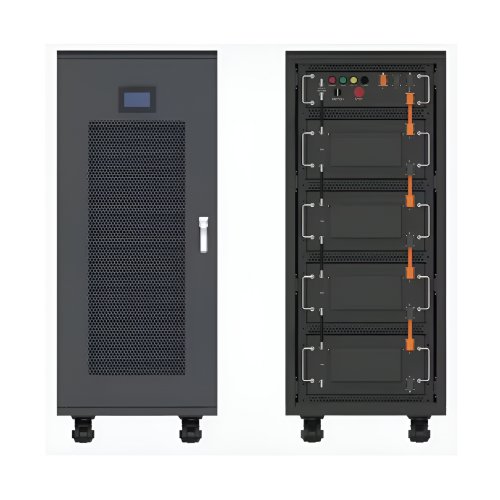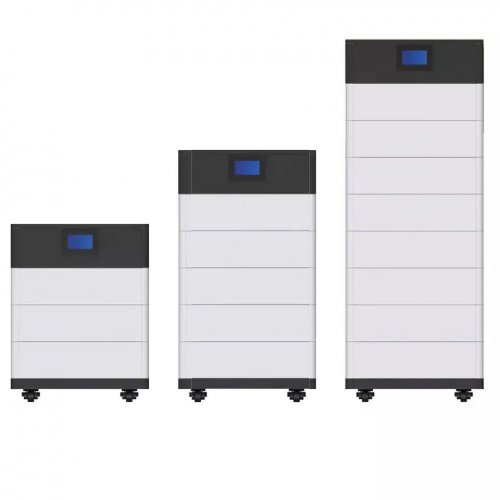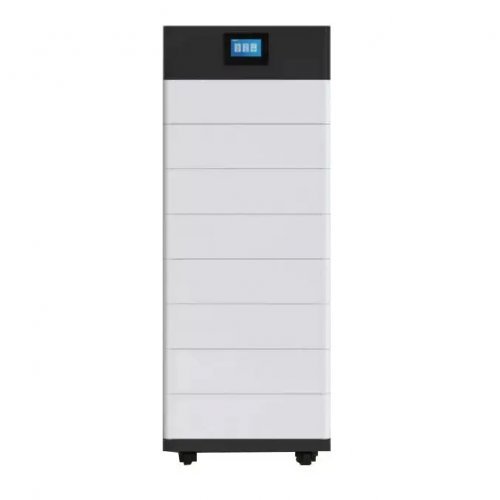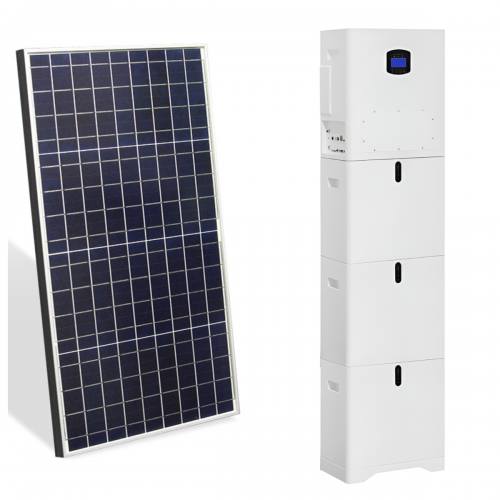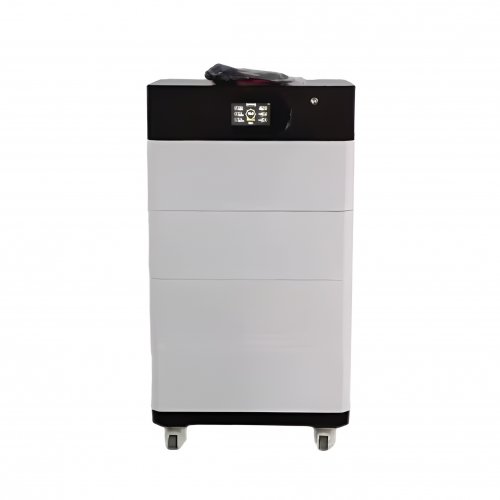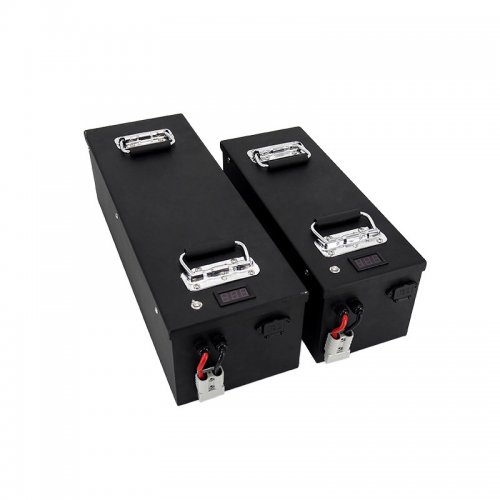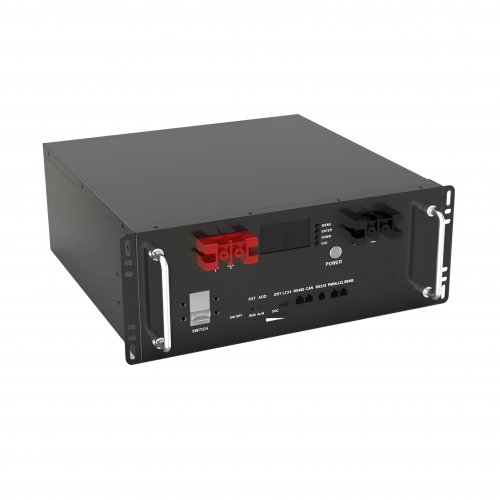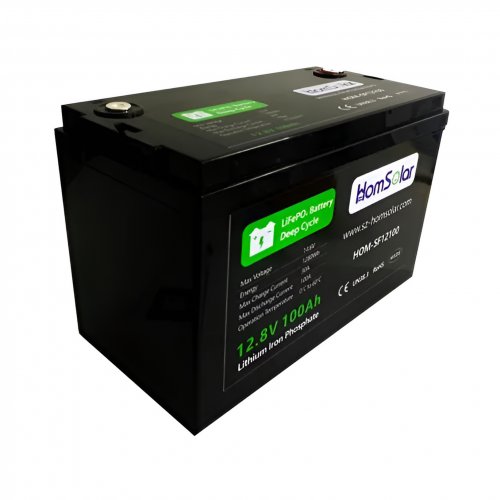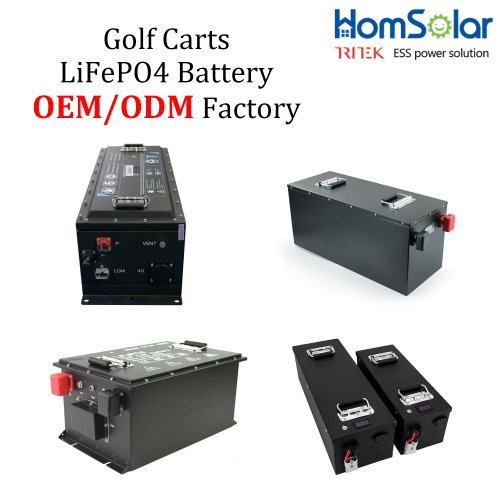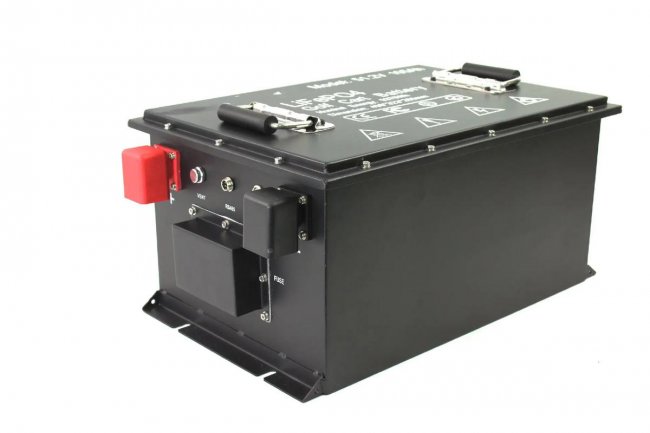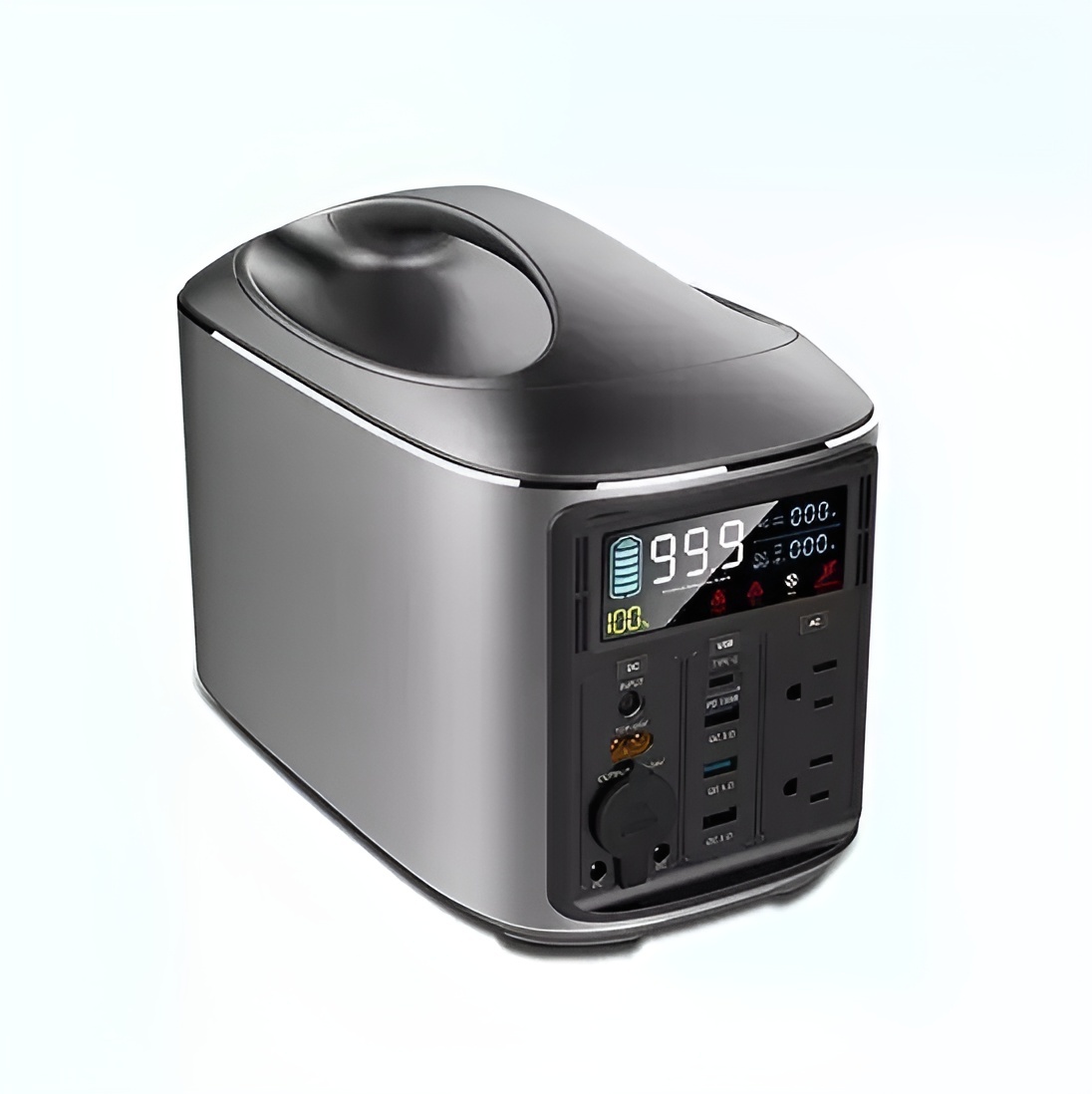Advances In Hydrothermal Synthesis: Emerging Frontiers In Nanomaterial Fabrication And Green Chemistry
Hydrothermal synthesis, a cornerstone of modern materials chemistry, continues to evolve as a powerful and versatile method for creating a vast array of advanced materials. This technique, which utilizes aqueous solutions at elevated temperatures and pressures to crystallize substances directly from solution, has recently witnessed significant breakthroughs. These advancements are expanding its capabilities from fundamental crystal growth to the precise engineering of complex nanostructures with tailored functionalities, all while aligning with the principles of green chemistry.
Recent Technological Breakthroughs
A primary area of progress lies in the enhanced control over reaction kinetics and thermodynamics, leading to unprecedented precision in nanostructure morphology. Traditional hydrothermal methods have been revolutionized by the integration of external fields and novel reactor designs. For instance, the application of microwave-assisted hydrothermal synthesis has drastically reduced reaction times from days to minutes or hours, while promoting more uniform nucleation and yielding smaller, more monodisperse nanoparticles. This is particularly impactful for the synthesis of metal-organic frameworks (MOFs), where microwave irradiation accelerates the self-assembly process, resulting in crystals with higher surface areas and improved purity (J. Yang et al., 2022).
Furthermore, the development of continuous-flow hydrothermal synthesis represents a paradigm shift from batch processing. This technique allows for superior control over parameters like temperature and pressure gradients, enabling the scalable and reproducible production of nanomaterials such as cerium oxide (CeO₂) nanoparticles for catalytic applications. The continuous-flow method ensures consistent product quality, a critical factor for industrial adoption (G. Vaccaro et al., 2023).
Another frontier is the synthesis of complex hierarchical and multi-component architectures. Researchers are now mastering the sequential or one-pot hydrothermal growth of heterostructures. A notable example is the fabrication of core-shell photocatalysts, such as TiO₂-coated BiOBr nanosheets. The hydrothermal environment facilitates the epitaxial growth of one material onto another, creating interfaces that enhance charge separation and dramatically improve photocatalytic efficiency for hydrogen evolution and pollutant degradation (L. Zhang et al., 2023).
Latest Research Findings and Applications
The application spectrum of hydrothermally synthesized materials has broadened immensely. In energy storage, the quest for superior battery electrodes has been significantly aided by this method. Recent studies highlight the one-step hydrothermal synthesis of sodium vanadium phosphate (NVP) cathodes for sodium-ion batteries. By carefully controlling the chelating agents and reducing atmosphere during synthesis, researchers achieved NVP particles with a porous structure and high crystallinity, leading to exceptional rate capability and cycling stability (W. Yang et al., 2024).
In electrocatalysis, the synthesis of non-precious metal catalysts for the oxygen evolution reaction (OER) is a key focus. Latest reports detail the hydrothermal growth of ultrathin Fe-doped NiSe nanosheets on carbon cloth. The doping process, achievedin-situduring hydrothermal treatment, optimizes the electronic structure of NiSe, creating abundant active sites and yielding OER performance rivaling that of noble-metal catalysts (S. Chen & Y. Wang, 2024).
The field of biomaterials has also benefited. Hydrothermally synthesized hydroxyapatite (HAp) nanorods with controlled aspect ratios and ionic substitutions (e.g., Sr²⁺, Mg²⁺) are showing great promise for bone tissue engineering. The latest research focuses on mimicking the natural composition and nano-architecture of bone mineral, resulting in scaffolds with enhanced bioactivity, osteoconductivity, and mechanical strength (A. El-Fiqi et al., 2023).
Future Outlook and Challenges
The future of hydrothermal synthesis is bright and points toward even greater sophistication and sustainability. Key research directions will include:
1. Intelligent and Automated Synthesis: The integration of machine learning and artificial intelligence with hydrothermal processes is imminent. AI algorithms can analyze vast datasets of reaction parameters and outcomes to predict optimal synthesis conditions for a desired material property, moving from empirical trial-and-error to a predictive, closed-loop control system. 2. Extreme Condition Exploration: Pushing the boundaries of temperature and pressure into the supercritical water region will unlock access to novel phases and morphologies that are inaccessible under milder conditions. This could lead to the discovery of new metastable materials with unique properties. 3. Deep Green Synthesis: The "green" credentials of hydrothermal synthesis will be further strengthened. Future work will prioritize the use of even milder conditions, entirely bio-derived solvents and precursors, and the recycling of reaction effluents to minimize environmental impact, solidifying its role in sustainable manufacturing. 4. Multi-Functional Hybrid Systems: The one-pot synthesis of increasingly complex multi-functional hybrids, such as ternary heterostructures or material-bio molecule composites, will be a major goal. This requires a deeper fundamental understanding of interfacial interactions and crystallization pathways in complex heterogeneous systems.
Despite the progress, challenges remain. Precisein-situmonitoring of crystal growth mechanisms at the molecular level under high-pressure conditions is still technically difficult. Scaling up the synthesis of intricate nanostructures without compromising their quality and uniformity also presents a significant engineering hurdle.
In conclusion, hydrothermal synthesis remains at the forefront of materials innovation. Through recent advancements in reactor technology, process control, and our fundamental understanding of crystallization, it has transcended its traditional role. As researchers continue to refine this technique and integrate it with cutting-edge technologies like AI, hydrothermal synthesis is poised to continue its critical contribution to solving global challenges in energy, health, and the environment.
References:Chen, S., & Wang, Y. (2024).In-situFe-Doping Regulated Electronic Structure of NiSe Nanosheets for Efficient Oxygen Evolution Reaction.ACS Applied Materials & Interfaces.El-Fiqi, A., Kim, J.-H., & Kim, H.-W. (2023). Strategic doping of bioactive ions in hydrothermally synthesized hydroxyapatite nanorods for advanced bone regeneration.Biomaterials Science, 11(2), 456-468.Vaccaro, G., et al. (2023). Continuous Hydrothermal Flow Synthesis of CeO₂ Nanoparticles: A Step Towards Industrial-Scale Production of Engineered Nanomaterials.Chemical Engineering Journal, 451, 138923.Yang, J., et al. (2022). Microwave-Assisted Hydrothermal Synthesis of MOFs: Current Status and Future Perspectives.Accounts of Chemical Research, 55(7), 1048-1059.Yang, W., et al. (2024). Controllable Hydrothermal Synthesis of Porous Na₃V₂(PO₄)₃ Cathodes with Superior Rate Performance for Sodium-Ion Batteries.Journal of Power Sources, 555, 232395.Zhang, L., et al. (2023). Constructing 2D/3D TiO₂/BiOBr Core-Shell Heterojunctions for Enhanced Visible-Light-Driven Photocatalytic Performance.Applied Catalysis B: Environmental, 320, 121966.
Customized/OEM/ODM Service
HomSolar Supports Lifepo4 battery pack customization/OEM/ODM service, welcome to contact us and tell us your needs.


HomSolar: Your One-stop LiFePO4 Battery Pack & ESS Solution Manufacturer
Our line of LiFePO4 (LFP) batteries offer a solution to demanding applications that require a lighter weight, longer life, and higher capacity battery. Features include advanced battery management systems (BMS), Bluetooth® communication and active intelligent monitoring.

Customised Lithium Iron Phosphate Battery Casing
ABS plastic housing, aluminium housing, stainless steel housing and iron housing are available, and can also be designed and customised according to your needs.

HomSolar Smart BMS
Intelligent Battery Management System for HomSolar Energy Storage System. Bluetooth, temperature sensor, LCD display, CAN interface, UART interface also available.


Terminals & Plugs Can Be Customized
A wide range of terminals and plugs can be customised to suit the application needs of your battery products.

Well-designed Solutions for Energy Storage Systems
We will design the perfect energy storage system solution according to your needs, so that you can easily solve the specific industry applications of battery products.



About Our Battery Cells
Our energy storage system products use brand new grade A LiFePO4 cells with a battery lifespan of more than 4,000 charge/discharge cycles.



Applications in Different Industries
We supply customized & OEM battery pack, assemble cells with wiring, fuse and plastic cover, all the cell wires connected to PCB plug or built BMS.
Applications: E-bike, Electric Scooter, Golf Carts, RV, Electric Wheelchair, Electric Tools, Robot Cleaner, Robot Sweeper, Solar Energy Storage System, Emergency Light, Solar Power Light, Medical Equipment, UPS Backup Power Supply.
We can provide you with customized services. We have the ability to provide a vertical supply chain, from single cells to pack/module and to a complete power solution with BMS, etc.


HomSolar (Shenzhen) Technology Co., Ltd







